Microsoft is laying off more than 1,500 employees across various departments
More than 1,500 employees are affected.
3 min. read
Published on
Read our disclosure page to find out how can you help Windows Report sustain the editorial team. Read more
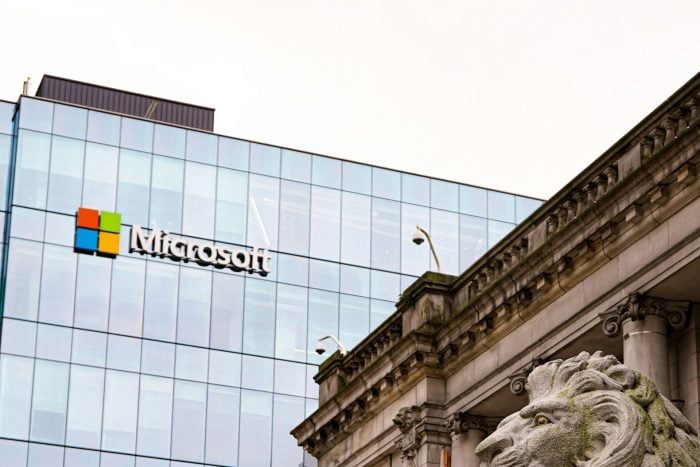
Microsoft, a tech giant making news in this ever-changing world of technology, confirmed a series of layoffs for its Azure platform. This particularly impacts the team working on mixed reality, including those who created HoloLens 2.
They explained that even though some people might be leaving Microsoft’s mixed reality area, this does not mean HoloLens 2 is going away. They plan to keep on selling it, which will give confidence to customers and partners.
The choice also comes after a larger rearrangement at Microsoft. This shift has affected more than 1,500 workers, including those involved with mixed reality. It might be hard for Microsoft Azure employees to accept the layoffs, especially because they come after another round of job cuts that affected 10,000 employees in different company areas.
Still, Microsoft is not giving up. According to reports, they are determined to provide high-quality technology for the Department of Defense’s IVAS program, and they have plans for a significant investment in W365, which will help them grow the Mixed Reality hardware ecosystem. It’s a silver lining in what’s been a cloud of uncertainty.
Earlier today we announced a restructuring of the Microsoft’s Mixed Reality organization. We remain fully committed to the Department of Defense’s IVAS program and will continue to deliver cutting edge technology to support our soldiers. In addition, we will continue to invest in W365 to reach the broader Mixed Reality hardware ecosystem. We will continue to sell HoloLens 2 while supporting existing HoloLens 2 customers and partners.
Microsoft
When it first appeared in 2015, the HoloLens did not become as popular as Microsoft may have expected. But the U.S. Defense Department helped them by awarding a contract for a modified HoloLens—they call it an Integrated Visual Augmentation System.
Yet again, things didn’t go perfectly smoothly, and soldiers experienced problems like sickness or nausea from this technology system. Yet, hope remains, with an updated model showing promise.
On a broader note, Microsoft is investing more in artificial intelligence. They’re spending billions to make AI commercials with projects like the Copilot chatbot and OpenAI’s ChatGPT.
They are in a hurry to use Nvidia graphics processing units to support these AI works, vowing top-notch AI characteristics in Microsoft 365 applications.
Microsoft’s decision to reduce its augmented and virtual reality efforts is intriguing, especially since rivals such as Apple are becoming more active by introducing their own augmented reality headset, the Vision Pro.
However, Microsoft isn’t completely exiting this area. They still offer support for Mesh, which allows three-dimensional Teams video calls. CEO Satya Nadella spoke about rethinking connections between employees on different devices, including HoloLens, during the Microsoft Ignite conference.
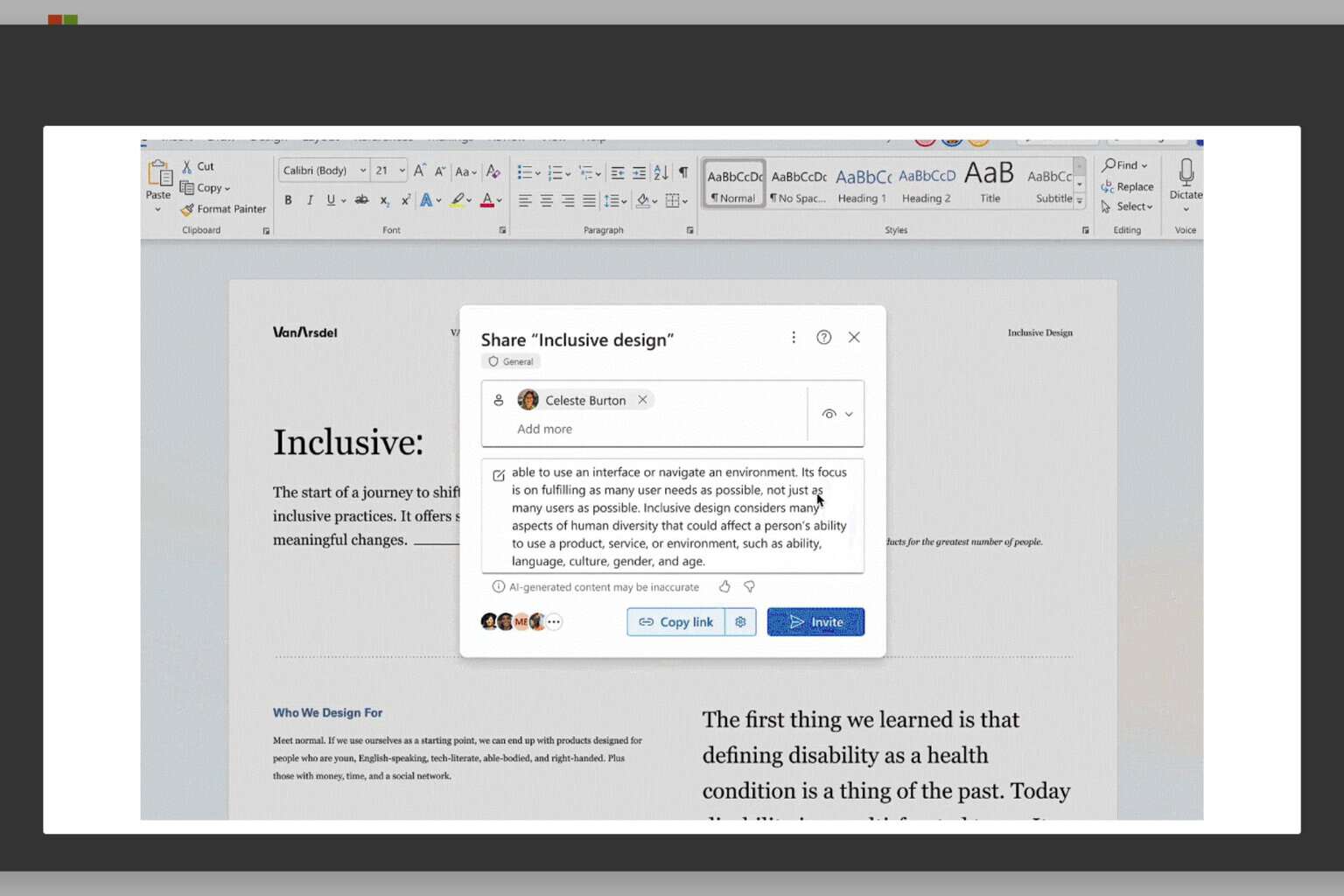
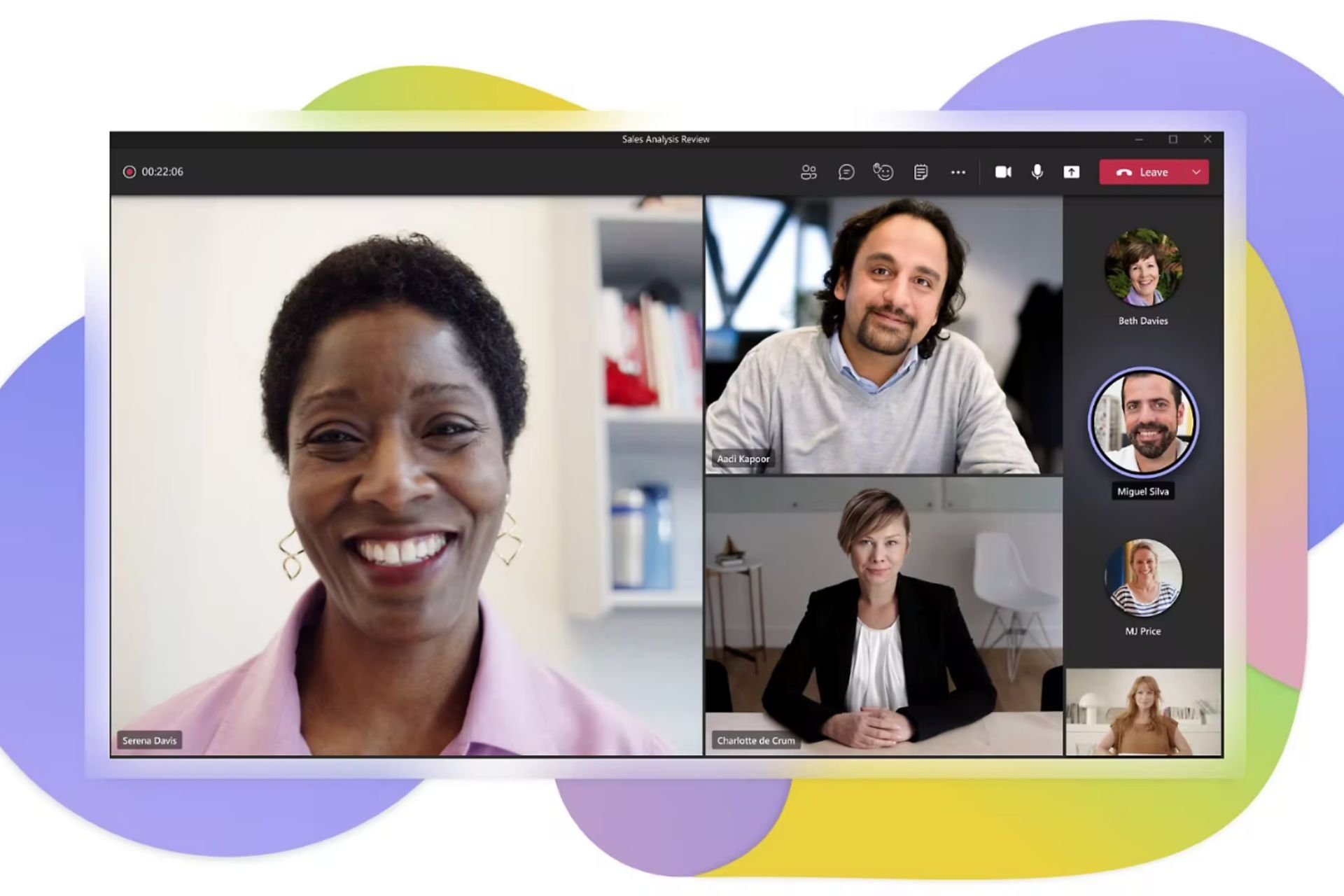
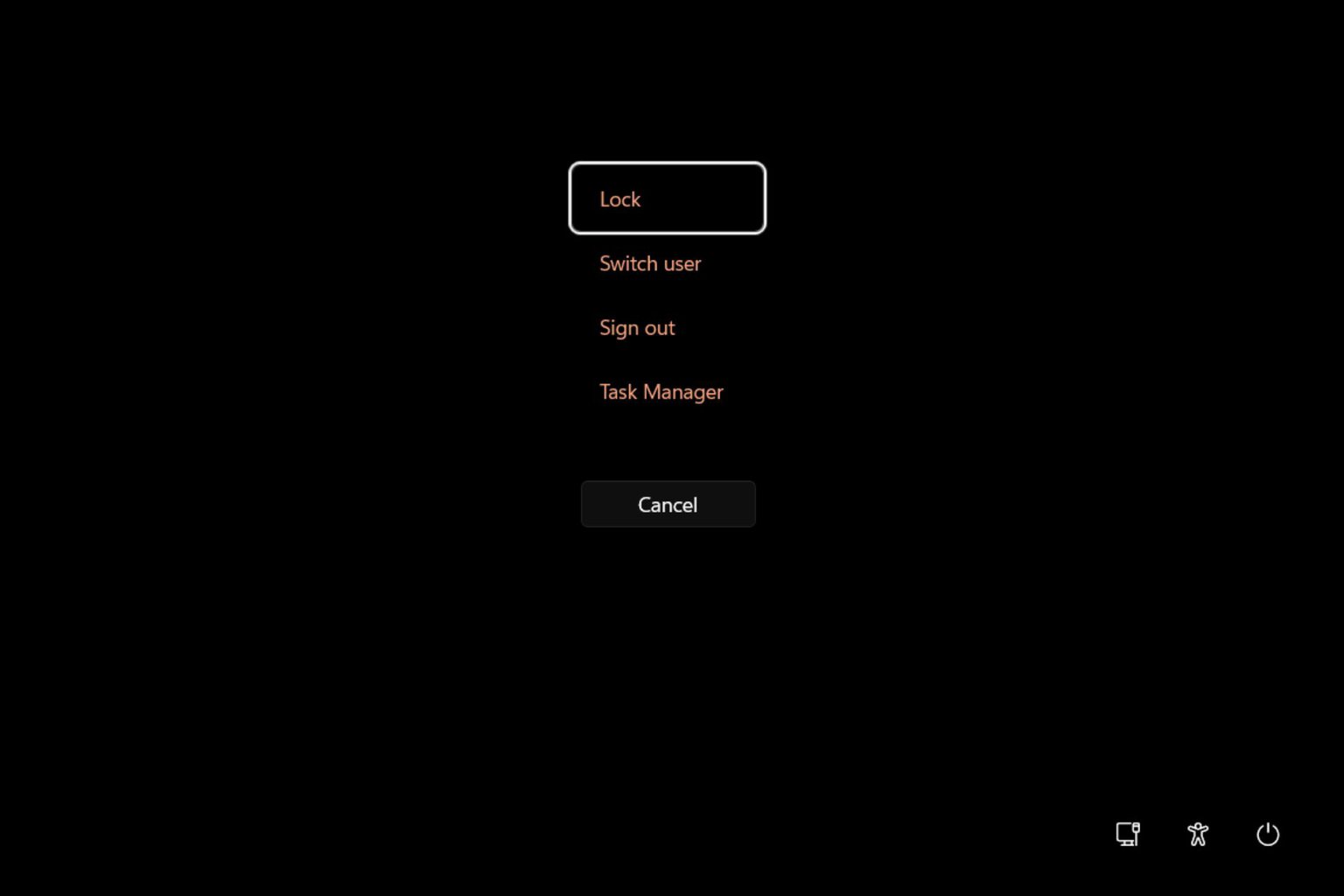
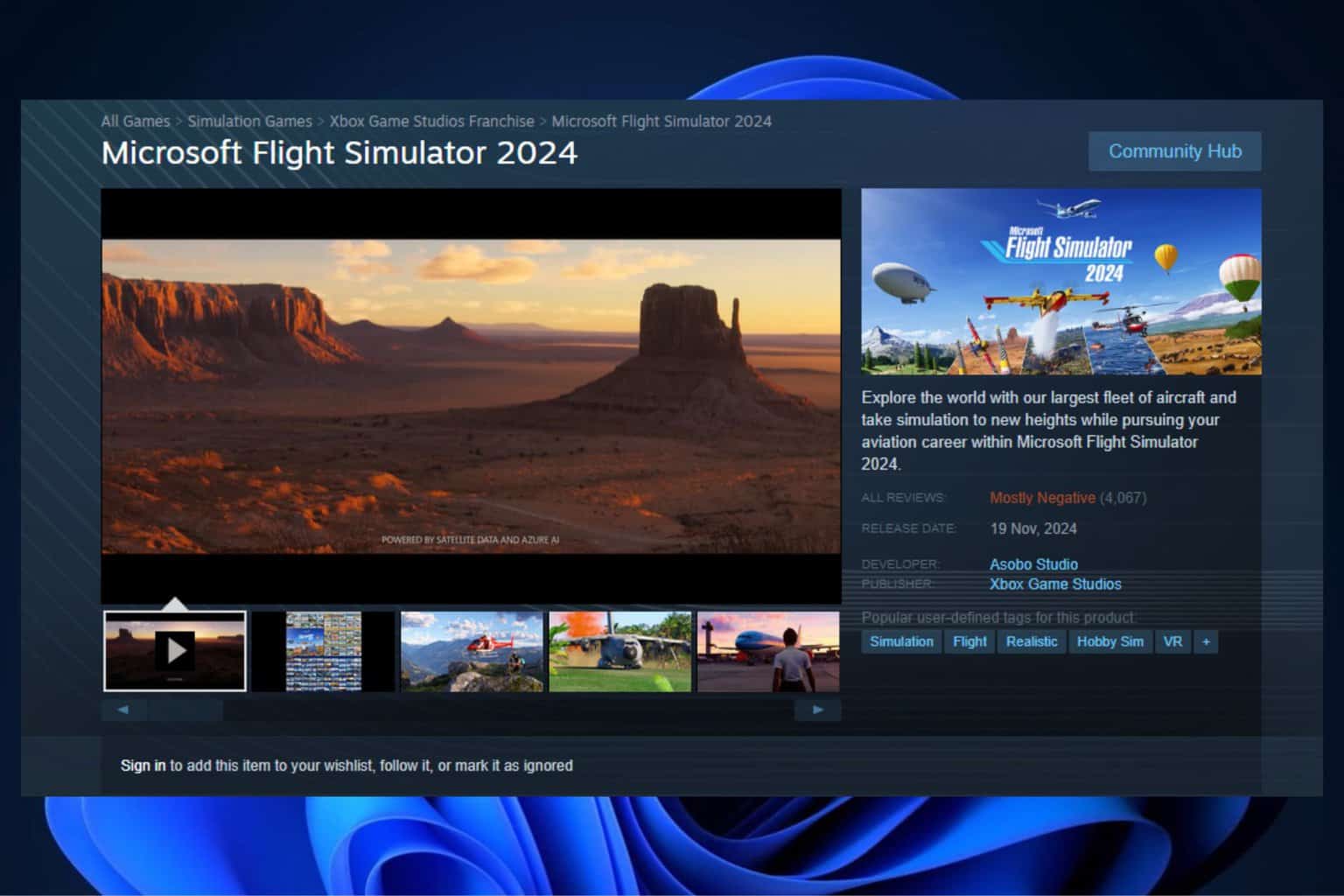
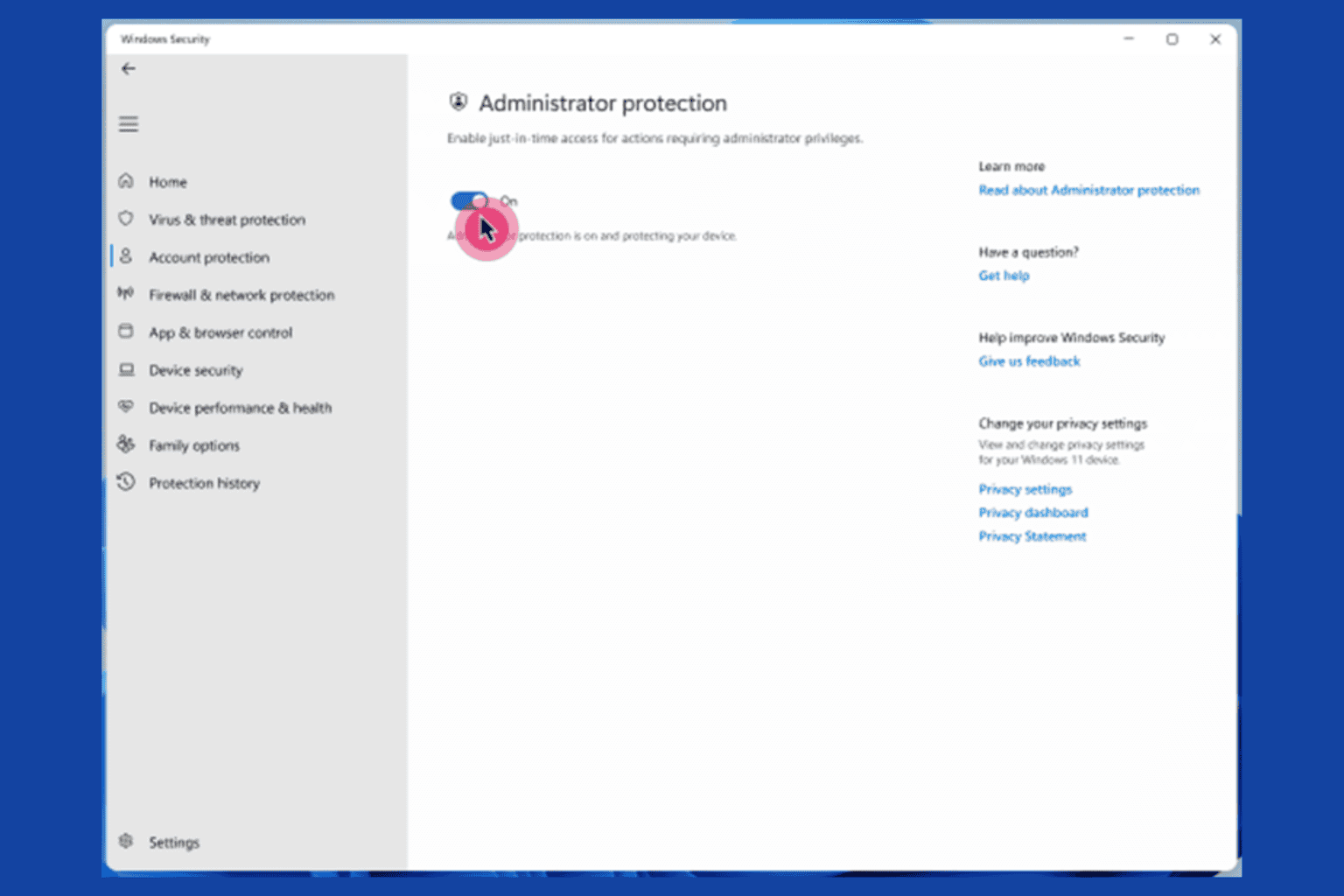
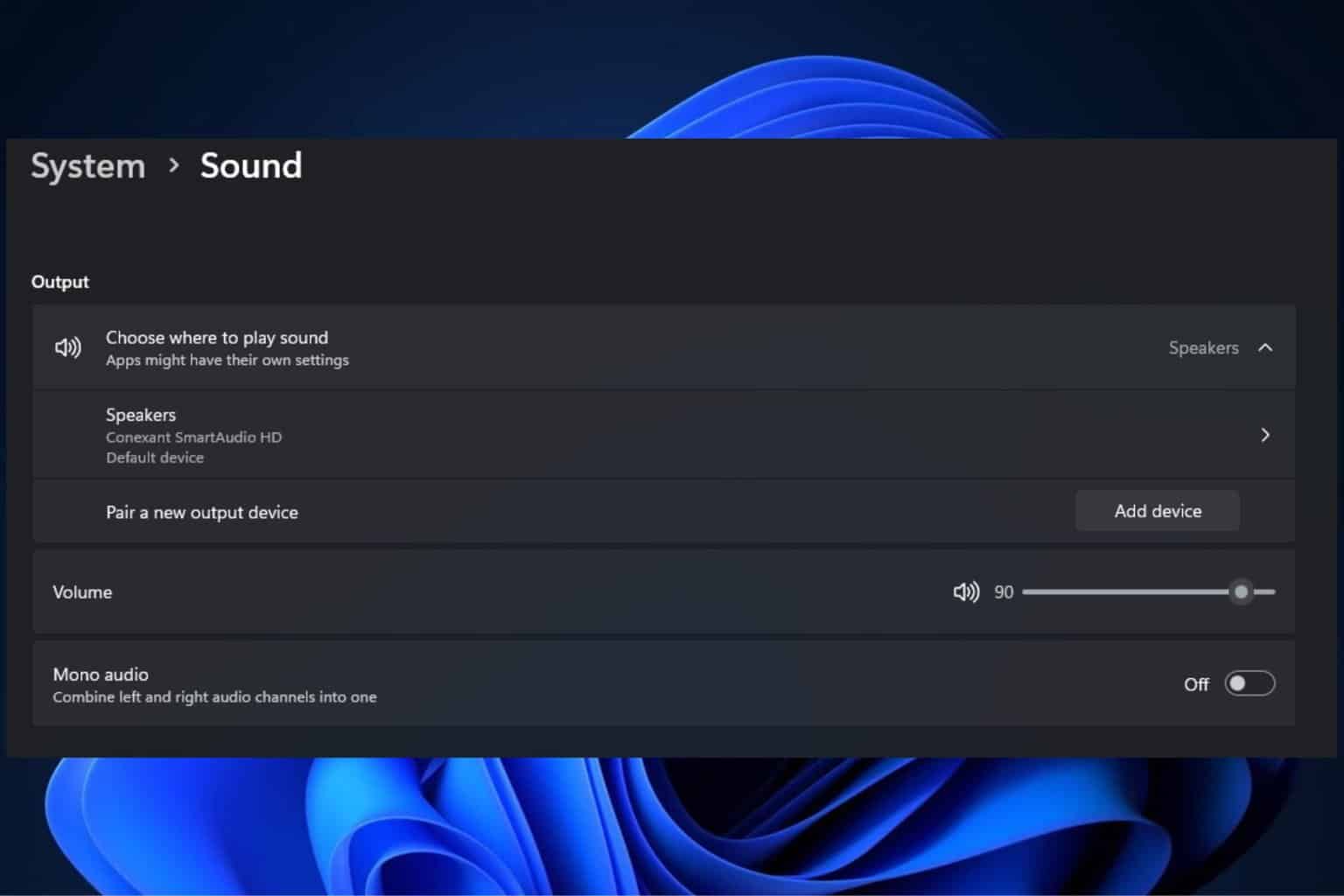

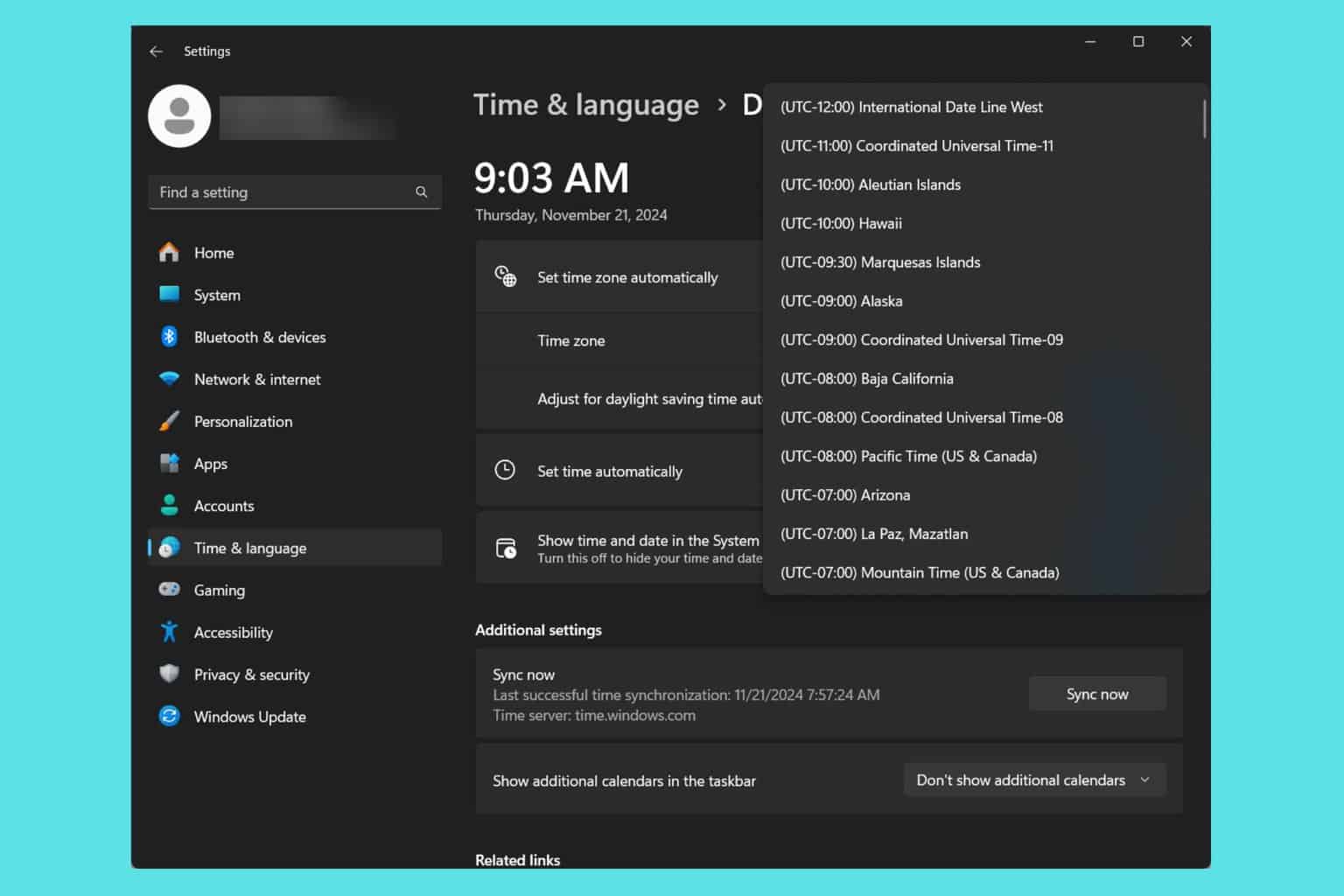
User forum
0 messages